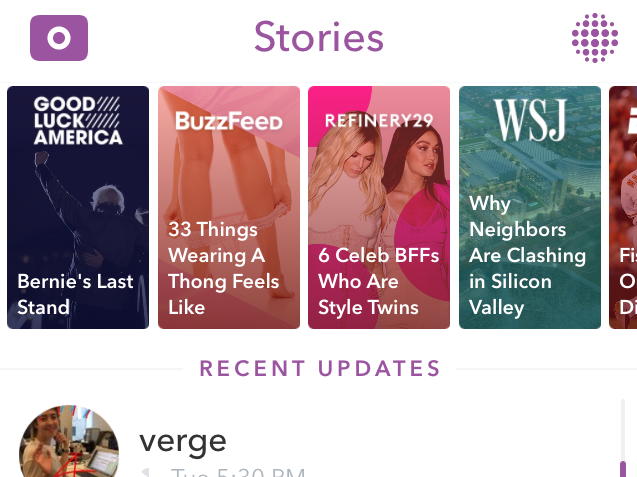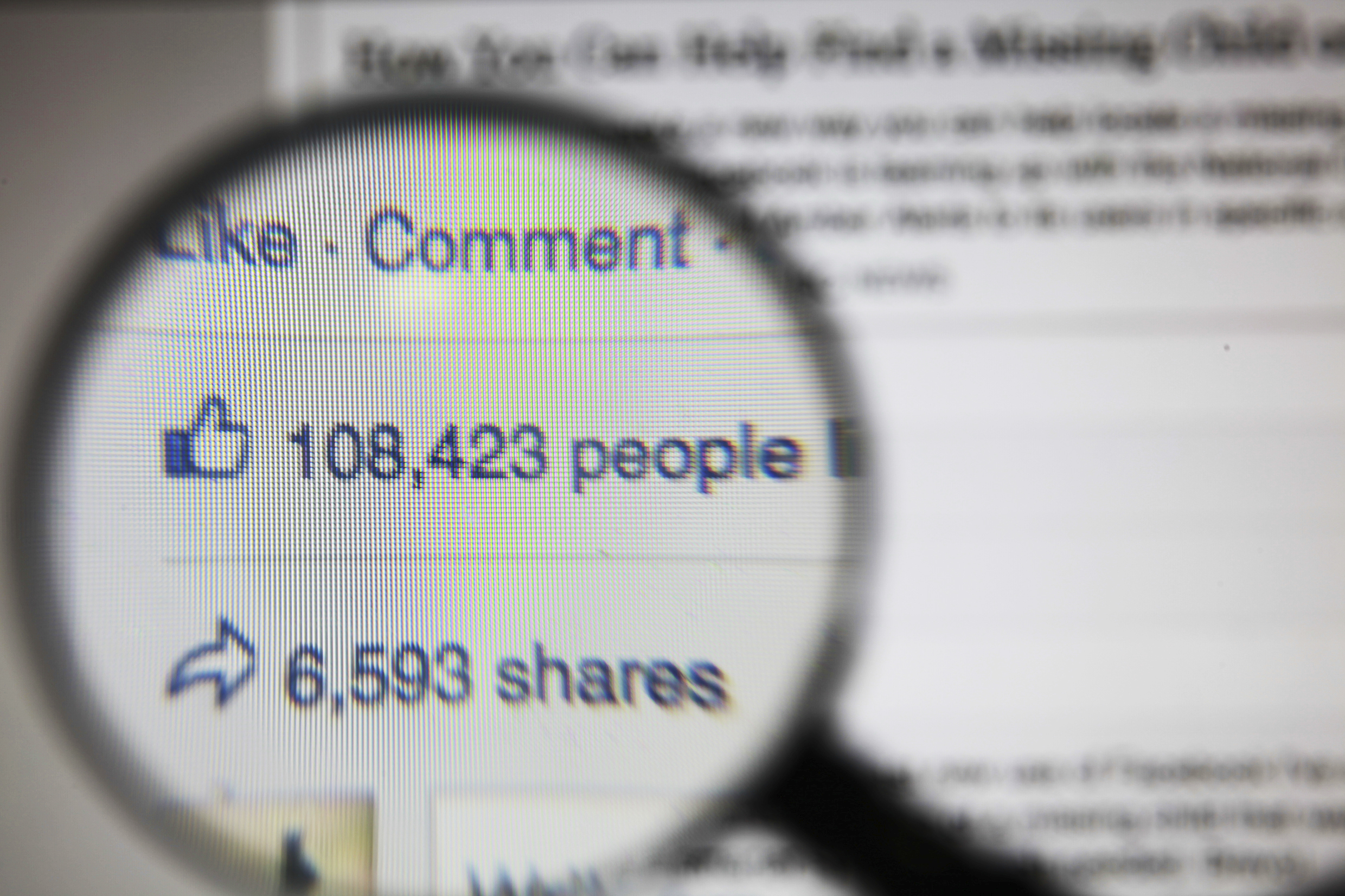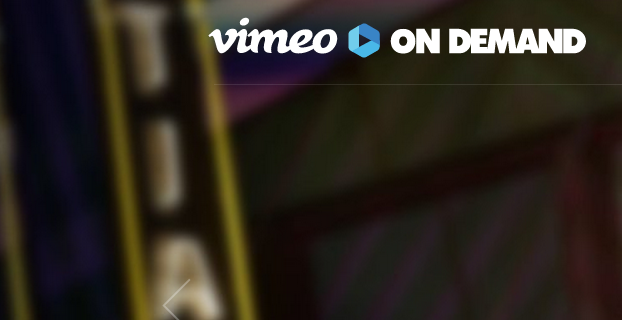What Happened
Condé Nast is adopting a data-driven strategy to improve its branded content and appeal to its ad clients. The leading publisher has created a new unit named Condé Nast Spire, which focuses on connecting its first-party behavioral data with insights from 1010data to establish links between readers’ content consumption and their purchasing activities. Condé Nast will then leverage those attribution findings to create “micro-segments” that advertisers can target with certain types of content. For example, the company cites that humor, design, and political videos work well on potential computer buyers, whereas “big beauty spenders” over age 25 are more engaged with culture and celebrity content. Armed with those insights, the company will work with advertisers to create branded content that caters to the “micro-segments” of their choosing.
What Brands Need To Do
With more and more advertisers trying their hands at branded content, partly as a response to the rise of ad avoidance, it is important for brands to work with publishers and content creators to figure out what types of content work best for their intended audiences. This initiative from Condé Nast should be helpful for brands in that regard as it helps make branded content more targeted and accountable.
To learn more about the effectiveness of branded content, especially branded videos and how they stack up around the world, click here to read the report from our joint study with Google.
Source: AdWeek





